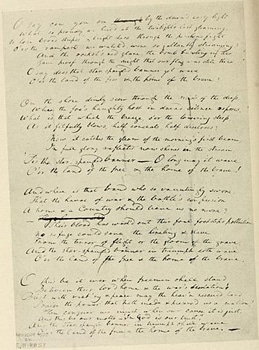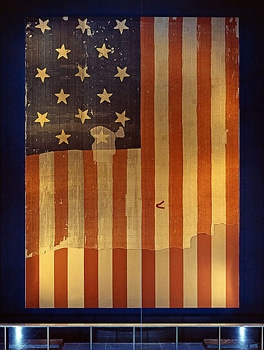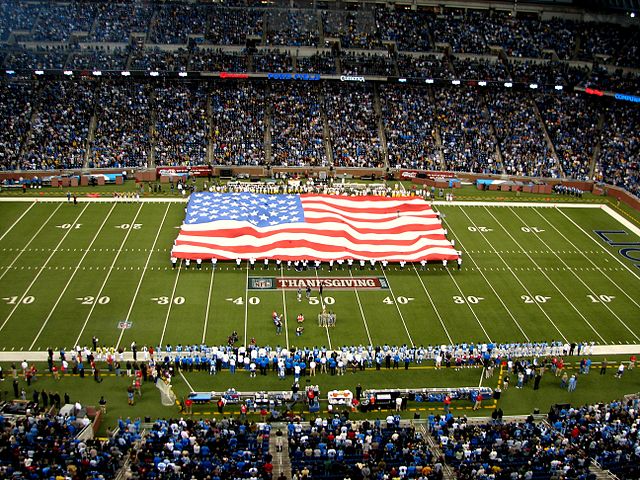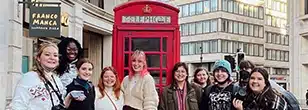The Star-Spangled Banner is the national anthem of the United States of America. The lyrics of the song come from a poem titled “Defence of Fort McHenry”, written by Francis Scott Key in September, 1814 after witnessing the Battle of Baltimore during the War of 1812. Over 200 years later, the song is now the most popular song of American patriotism and the official national song of the U.S.
History
In 1814, lawyers Francis Scott Key and John Stuart Skinner were tasked with carrying out a mission approved by President James Madison. The mission involved negotiating a prisoner exchange with the British in an effort to release Dr. William Beanes, a prominent surgeon that had been captured. After negotiations Key and Skinner were able to secure the prisoner’s release on British ships with the condition that they could not go ashore until after the British had attacked Baltimore.
During the bombardment Francis Scott Key witnessed Fort McHenry’s storm flag flying in the night. On the morning of September 14th, 1814 the storm flag was lowered and the larger, iconic Star-Spangled Banner flag had been raised. These events inspired Key to create a poem titled “Defence of Fort McHenry”.


The poem was eventually set to the tune of an already popular British song by John Stafford Smith, titled “The Anacreontic Song”. With Francis Scott Key’s lyrics, the song was retitled “The Star-Spangled Banner”. Over the next century the song became more and more popular as it was played at public events and Independence Day celebrations. In 1931, President Herbert Hoover signed a law making The Star-Spangled Banner the official national anthem of the United States of America.
Traditions and Customs
The Star-Spangled Banner is traditionally played at the beginning of public sports events and orchestral concerts in the United States, in addition to other public gatherings. Many famous musicians have sung the national anthem at major sports events such as the World Series or the Super Bowl. When the national anthem is played, it is customary to stand and face the U.S. Flag with one’s right hand over their heart and with hats removed. While it is often appropriate to sing along, remaining seated or talking during the national anthem is typically considered disrespectful, especially if members of the military or veterans are present. Americans take great pride in the national anthem, and we hope all exchange visitors will have an opportunity to learn the words and sing along with the anthem at some point during their programs.

National Anthem
Although Francis Scott Key’s original poem had four stanzas, only the first stanza is sung today
O say can you see, by the dawn’s early light, What so proudly we hailed at the twilight’s last gleaming, Whose broad stripes and bright stars through the perilous fight, O’er the ramparts we watched, were so gallantly streaming? And the rockets’ red glare, the bombs bursting in air, Gave proof through the night that our flag was still there; O say does that star-spangled banner yet wave O’er the land of the free and the home of the brave?
Is the Star-Spangled Banner similar to your home country’s national anthem? How is the national anthem treated in your home country? Tell us about it in the comments!

















